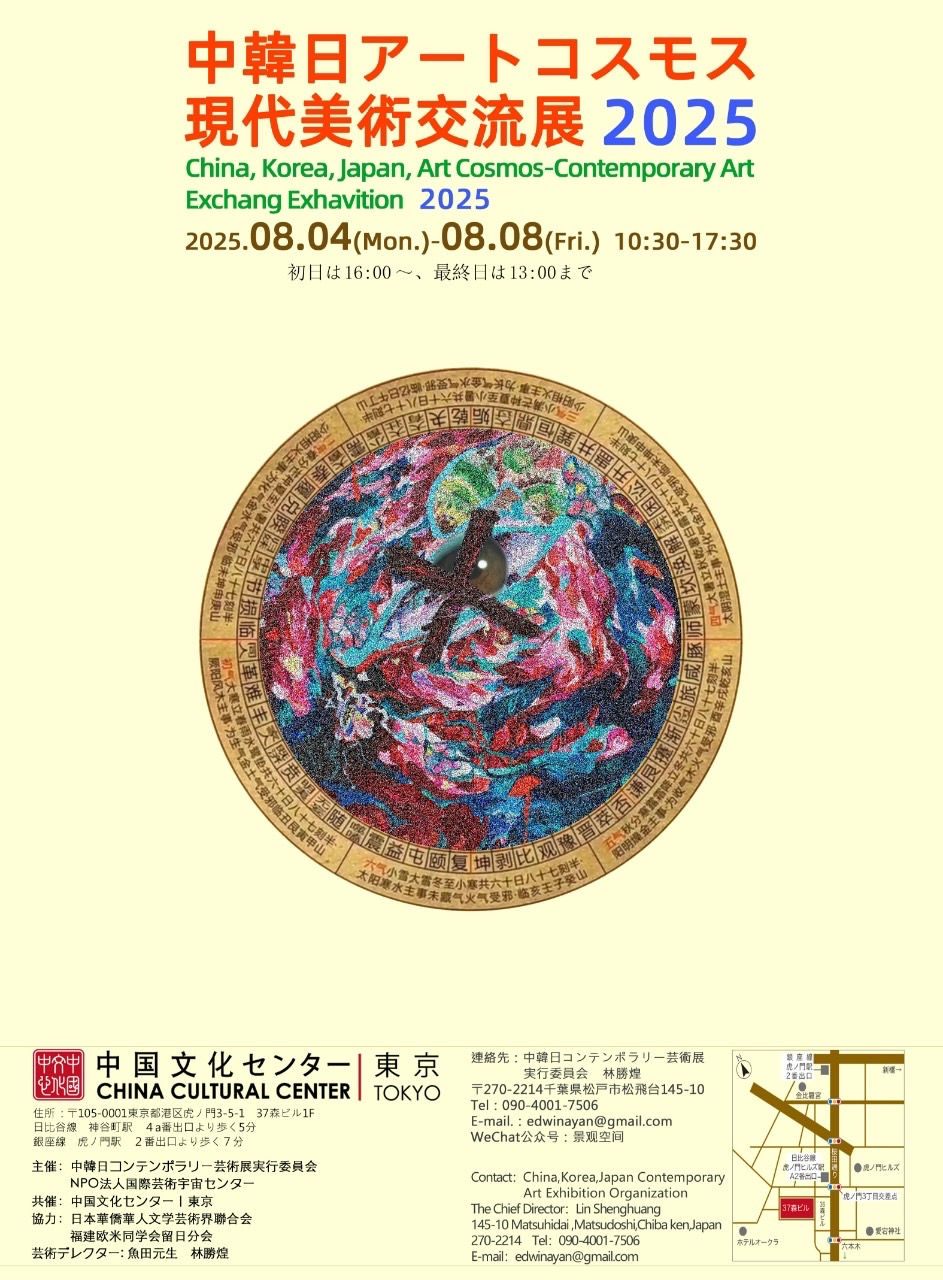WOMAN'S ESSENCE SHOW 2020
- aomikikuchi

- Sep 3, 2020
- 2 min read
Updated: Sep 20, 2020
AT PIAZZA DI S. EGIDIO, 10 ROMA SEPTEMBER11-13



Title: Salvation Part-II
Year: 2019
Media: Original Dye Method inspired by Yuzen Kimono Dye, Three-layered Silk Organza, Acid Dye, Pigment
Dimension: 120cm(L) x 50cm(W)
This work is a remake version of my t-shaped black background work. The pink and blue frogs are in the heavenly world. The other two are trying to go there. One is desperately climbing while grabbing the vine and the other is clinging to the frog's foot. Kumono-ito ( Spider Silk ) is a novel by Ryunosuke Akutagawa ,which is a story of one bad guy whom Buddha was trying to rescue from hell because he once helped a spider. I express heaven as the flower of morning glory and thread as its vine. The flower has “glory” in its name, and glory represents the celestial world. Its stretching vine is an image of a hand of salvation. The image of these two frogs struggling to go to heaven really overlap that of ours. As the work is dyed on ultra-thin silk and layered with intervals, it will sway with subtle wind creating by fleeting. It also loses its realism due to the hologram effect created by transparency and 3D installation. My intension to this work is for the viewer to think about greedness and feel the impermanence and insubstantiality of this world.
Questions from Prof. Laura Di Trapani
1.How do you describe your art to someone who doesn't know it?
My art is an innovative textile art based on accumulated various knowledge and techniques of crafts. Conventional thinking and methods are digested and interpreted to give new perspectives.
2.Which contents/thematic are present in your artistic journey/research?
My work is based on Japanese aesthetics and Buddha’s philosophy. The aesthetics are Wabi-sabi: a beauty found in imperfections and Mono-no-aware: a feeling of sympathy for changing or perishing phenomena or substances such as the seasons and all living things. The philosophy of Buddha: impermanence, insubstantiality, and suffering of our life is also my source of inspiration.
3.Tell me about your beginning as an artist.
I started to work and long engaged in the world of Japanese modern art and craft as a textile artist pursuing "beauty" and "technique.”
4.Tell me about the choice of that specific art medium for your own artistic research. What does it represent?
I mainly use materials that I think are fragile and ephemeral, from a point of view of impermanence and insubstantiality. I also reuse the waste generated from my artwork. This approach is my understanding of "infinity": nothing can stay the same condition, but activity can last endlessly.
5.What is your way of working? Do you usually design a project, or you just follow a vision (mental image) which turns into a project?
I work in line with my inner quest. For example, questions are about the meaning of life, the conventional way of thinking, and the social issues that surround us. I take different approaches to my theme.
6.What are your external influences which affect your art?
As a contemporary artist, I am always influenced by both current social issues in general and my personal environment. My recent challenge to a better society is to start using the scraps and junk I generate in my artistic activities and everyday life in my work from an ecological perspective.



Comments